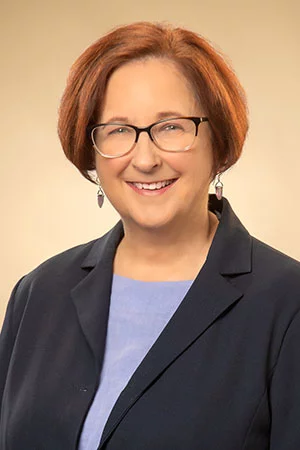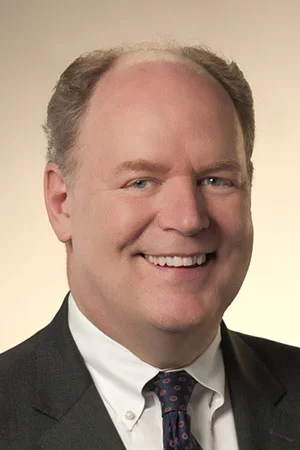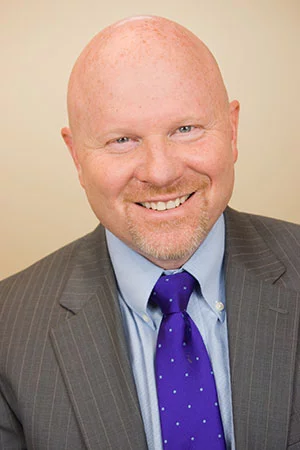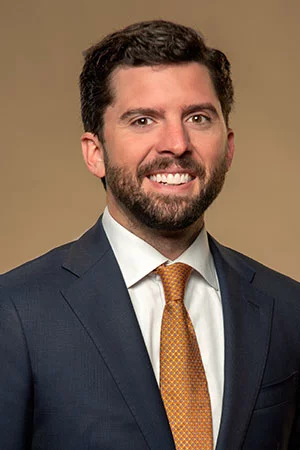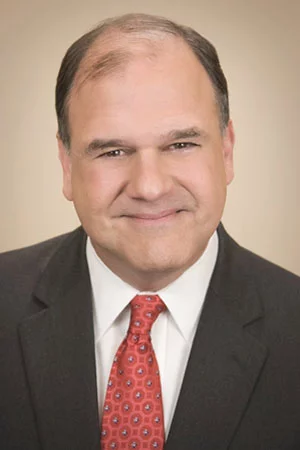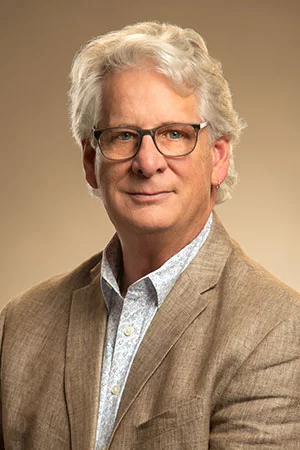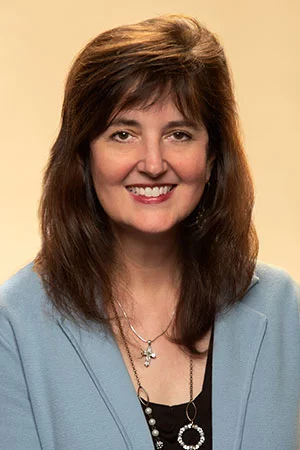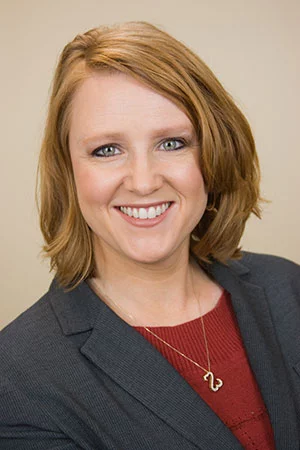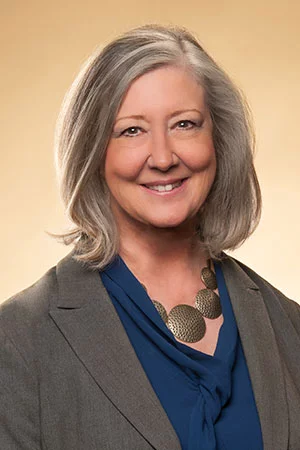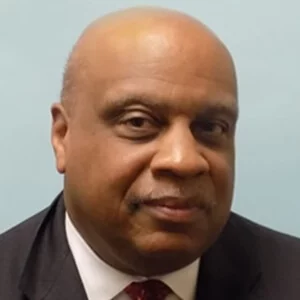It’s hard to believe some of us were alive during a time when addiction was still considered a moral failing. Doctors didn’t recognize addiction as a disease until 1956, and even then, many people were skeptical. The addiction treatment field has come a long way since, and we continue to make strides every year. Even in the last decade, the people we treat, how we treat them and the language we use has evolved. I sat down with many Cumberland Heights employees, including our CEO Jay Crosson to talk about how treatment in the field of substance abuse has changed over the last 10 years, as well as the expectations and hopes for the 2020s.
 One battle we seem to have been fighting for years is erasing the stigma. Yes, we’ve made waves, but the consensus is we still have a lot of work to do. In recent years, more public figures have been recovering out loud, and their message is reaching a broader audience because of a little thing called social media.
One battle we seem to have been fighting for years is erasing the stigma. Yes, we’ve made waves, but the consensus is we still have a lot of work to do. In recent years, more public figures have been recovering out loud, and their message is reaching a broader audience because of a little thing called social media.
“On social media I see a variety of actors and singers come out, and they’re willing to be more vulnerable and talk about stepping into recovery. It has opened the door for a lot of people to not feel so heavy with shame about accepting help,” said Women’s Program Director Melissa Hudgens.
I’m sitting around the conference table in the Women’s Department with the director, counselors and other clinicians. It’s their weekly clinical supervision meeting. Everyone is in good spirits. Some are kneading playdoh, others are filling up their coffee cups. There is definitely a family dynamic inside this room and it feels like a safe space to talk about anything. It’s clear to me in an instant how passionate these women are about their jobs.
On the heels of Melissa’s comment, counselor Christi Henderson chimes in.
“Yes, like Kristin Bell and her husband. They very much advocate counseling and make it cool. People want to be like them. They make seeking help smart and admirable instead of this negative, stigmatized thing.”
But with recovering out loud can come some added pressure Melissa notes.
“It can be twofold because when people become the face of AA and NA it can be troublesome. They are human beings and this disease is cunning, baffling and powerful. When or if someone ends up relapsing and society looks at is a failure for the program instead of what it is – a disease, then we lose ground. Hopefully with more education we can avoid this.”
Another positive change the women mentioned are the faces and backgrounds of not only the people we treat, but also our counselors and clinicians.
“As marginalized communities get more rights they can focus on what may have seemed like a secondary problem before, alcohol and drug treatment. When you’re fighting for basic human rights, getting treatment isn’t at the top of your list. As we progress, more doors are opening for marginalized communities to seek treatment, “said Executive Administrative Assistant Maria Michonski.
Case manager Kim Seator adds that for so long, research on addiction treatment has been done on Caucasian males. Now we are focusing more on people of color, LGBTQ communities and those with a variety of socio-economic backgrounds. We’re asking questions like, ‘How does an LGBT person experience treatment? ‘What areas do they struggle in that others do not?’ ‘How would someone from a different ethnic community experience this?’ Cumberland Heights holds trainings to answer those specific questions, and it has helped us better treat our changing population.
“We’ve heard from patients and their stories in relation to how they came out and how their walk has been as an LGBTQ person. People have expressed going through their whole time in treatment and never talking about their sexual orientation and downplaying what their relationship is with their partner. So being able to know the treatment center they are in is a safe and affirming place for them allows them to start talking about things like domestic violence and relationships – maybe they weren’t sharing that before and now they can,” said Kim.
“I feel this too,” said counselor Chandra Reeves. “What has been a spark for marginalized people is seeing people in this field who look like them, like me, a woman of color. That’s huge – hearing from people who look like you who have had similar struggles.”
 What we still need to work on, the women agree, is getting those struggling from marginalized communities through the door. There is a lot of back and forth with insurance companies as case managers and counselors fight to get their clients more days in treatment. A large percentage of our clients are trauma survivors who need continuing care following their stay at Cumberland Heights. We offer many continuing care resources for no additional cost, but we can only do so much. Trauma care and therapy is often self-pay, which is a huge barrier for those who simply don’t have the funds.
What we still need to work on, the women agree, is getting those struggling from marginalized communities through the door. There is a lot of back and forth with insurance companies as case managers and counselors fight to get their clients more days in treatment. A large percentage of our clients are trauma survivors who need continuing care following their stay at Cumberland Heights. We offer many continuing care resources for no additional cost, but we can only do so much. Trauma care and therapy is often self-pay, which is a huge barrier for those who simply don’t have the funds.
In the middle of our discussion, Melissa starts to speak. She stops, looks around the table at all her employees and warns she’s about to get choked up.
With tears in her eyes she says, “You look around this room and know these counselors advocate for every woman no matter what they are going through. That is why I love this team so much. They have such a passion for working with every woman period. And changing what that looks like to meet their needs. That is why I come to work every single day.”
Speaking of passion, after I speak with the Women’s Department, I head up to our CEO’s office whose spirit for recovery has grown over the last 30 years – when he found freedom from substance abuse.
Jay Crosson got sober at Cumberland Heights when he was 26 years old and he’s stuck around ever since. From watering the plants around campus, to working in admissions and then as the chief financial officer to now CEO, he can’t imagine working anywhere else.
He too has seen a lot of progress in destigmatizing the disease of addiction, but says we still have a long road ahead. He does credit attention surrounding the opioid epidemic to creating awareness and understanding of a disease that does not discriminate.
“One of the silver linings to the opioid epidemic is that it has hit so many families across the country. There are few people who don’t know someone affected by that so in an odd kind of way it has helped the stigma. People are seeing it’s not just the junkie under the bridge. It prevails all levels of society, so while it’s horrible that we have this epidemic that is so wide spread, more people are talking about it,” said Jay.
He says when it comes to politics, the addiction epidemic is one of the few bi-partisan issues. He recalls the 2016 Presidential Campaign when several candidates, both democrats and republicans 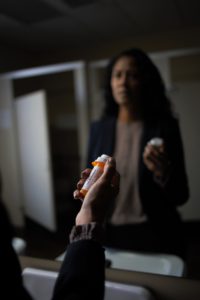 spoke about family members who suffered.
spoke about family members who suffered.
How we talk about the disease has changed as well. The Substance Abuse and Mental Health Services Administration (SAMSHA) advises treatment centers to use fewer stigmatizing words that “discourage, isolate, misinform, shame and embarrass.” Their language guide recommends treatment providers use the term substance use disorder (SUD) rather than addiction. SAMSHA says the term is helpful because it encompasses a range of severity levels, from problem use to dependence and addiction.
“Think about people with cancer. We don’t identify them based on their disease, so why do we do that with people who have a substance use disorder?” said Jay. “That’s why we like to use phrases like ‘I am a person in long-term recovery’ rather than ‘I am a recovering alcoholic.’”
Another notable move in the industry in the last decade was Google’s decision to shut down ad words in the addiction treatment space. Predatory marketers that did not provide any treatment services had mastered collecting online leads and selling them to the highest bidder to the detriment of legitimate treatment providers nationwide – and likely to many people who were seeking qualified help. Stopping these practices had become a top priority for industry organizations like the National Association of the Addiction Treatment Professionals (NAATP).
In Spring 2018, Google announced that it partnered with LegitScripts to screen providers that want to advertise using AdWords. To be approved under the new program, treatment providers had to complete an extensive review process focused on quality, safety and transparency. In the summer of 2018, Cumberland Heights was one of the first 100 treatments centers nationwide approved to participate in Google Adwords.
“I do think it cleaned out a lot of the bad traffic. The challenge has been that people are very creative and from time to time they find loopholes or ways around it. It has taken a lot of providers, us included, to be vigilant about that and report what we perceive to be fraudulent practices along the way, “said Jay.
Jay too, like most of us in the addiction treatment field, want to see better access to care in the next decade. His says this is a critical time, especially with dangerous drugs being so readily available.
“We’ve seen more young adults coming into treatment than we have in the past. Heroin has become more prevalent – it used to be that heroin was the drug in the last stage of addiction. Only people with opioid use disorders would be involved with it and now it’s so readily available across America at an affordable rate that you have kids in high school and colleges that might start by snorting it, but they progress really quickly,” said Jay. “Famous interventionist John Southworth once said to me, with alcoholics we may have 10 to 20 years to get them but with heroin and opioid users if we don’t get them in the first couple of years they are probably dead.”
The Tennessee Opioid State Targeted Response Grant, aimed at reducing the number of overdose related deaths through naloxone distribution, training, and improving access to treatment has helped some Jay says, but it’s still not enough.
“The larger global issue is that addiction is a chronic progressive illness like diabetes or hypertension and our reimbursement mechanisms are set to pay for short episodes of care. It just doesn’t match the disease and there is nobody willing to pay us to help manage a patient’s recovery for that first year to first five years. We’ve taken initiatives on our own, but we are not getting paid for it. As a non-profit we are willing to make some of those investments, but it would be better if we got paid along the way to help people stay sober and not return to treatment, “said Jay.
His outlook for the next decade is hopeful, but he knows changes on the state and federal level won’t come without a fight. On a smaller scale, advancements being made at Cumberland Heights are very promising.
In the last year we’ve hired a Chief Science Officer, Dr. Nick Hayes who is focusing on efficacious treatment protocols, predictive analytics, feedback-informed treatment procedures and collaborations with institutions of higher education for all Cumberland Heights programs.
 “We will be able to figure out which clinicians do better with which patient populations, which patient populations do better with certain levels of care or certain interventions or certain lengths of stay so that from the patient perspective it helps us to provide them with the right treatment at the right time based on their unique context and their symptomology,” said Nick.
“We will be able to figure out which clinicians do better with which patient populations, which patient populations do better with certain levels of care or certain interventions or certain lengths of stay so that from the patient perspective it helps us to provide them with the right treatment at the right time based on their unique context and their symptomology,” said Nick.
Jay says in addition to outcomes, research and quality improvements is the strong foundation Cumberland Heights continues to build upon. We have a family work environment, a clinical staff that truly cares about patients and a big focus on family being involved in treatment. This is the core foundation that has been here since the beginning.
“What is exciting in the last five years is how we have tried to walk with patients through that first year. We continue to expand Outpatient Recovery Centers, having gone from five or six to having 15 in April. We don’t want to just detox people and give them a few days of residential, but we want to work with them as they progress through that first year of recovery, so we keep adding pieces to that from sober living, to 12-Step immersion programs, to the outpatient services with psychiatric nurse practitioners and individual therapists that can do ongoing trauma work, “ said Jay.
Although there is no cure for addiction, every day we see proof those with substance use disorders can lead healthy, happy and productive lives. As we work to better educate, destigmatize and create more access to care, we will save more lives. Our goal is to make each day, each year, each decade better than the last for those suffering and their families. There is hope.

